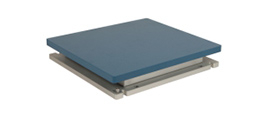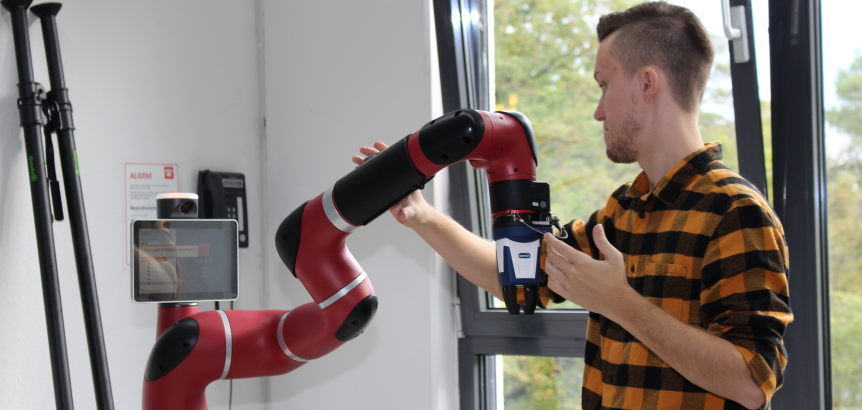Main areas of work in the Robot and Motion Lab
In the Robot and Human Motion Lab, or RaHM-Lab for short, we are working with a wide variety of methods for mobile and stationary robot systems. In particular, the question of efficient collaboration between these systems and humans (human-robot collaborations) will be explored. This includes the work on new concepts including proof of concept as well as the development of prototypes up to validation in cooperative research between university and industry. To this end, we operate in the following areas of competence:
- Development of mobile robot systems for indoor and outdoor areas and special applications
- Mobile manipulation in household and industry
- Autonomous mobile systems
- Collaborative robot systems
- Human-Machine-Interface (HMI)
- Optical marker-based 3D motion analysis
- 2D/3D sensor data analyses
- 3D object measurement and modelling
- Sensor data fusion (e.g. Kalman filter for inertial sensors)
- Deep Neural Networks (e.g. for anomaly detection)
- AI-based robot calibrations
- Metrological determination of Denavit-Hartenberg parameters



